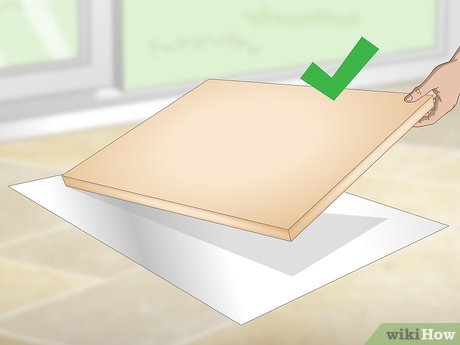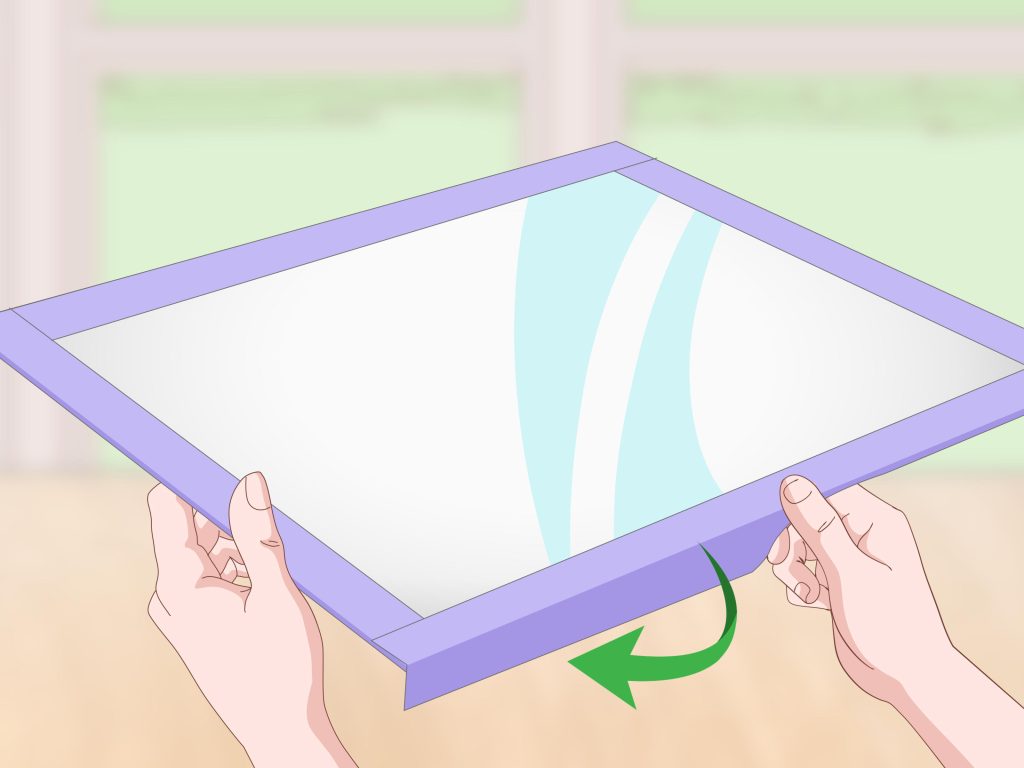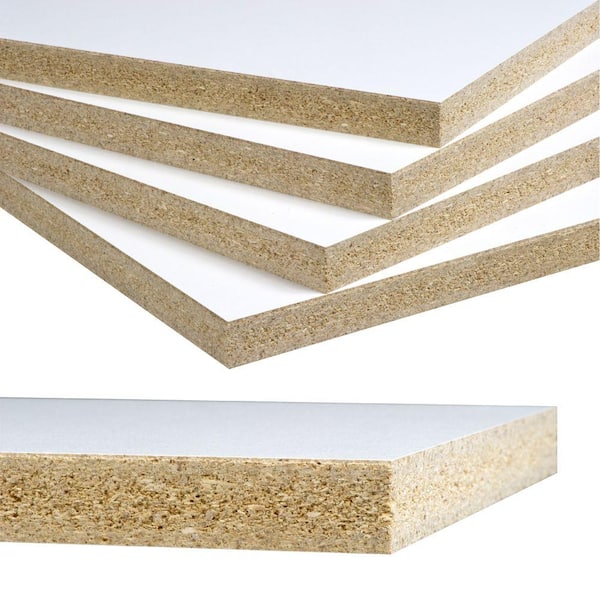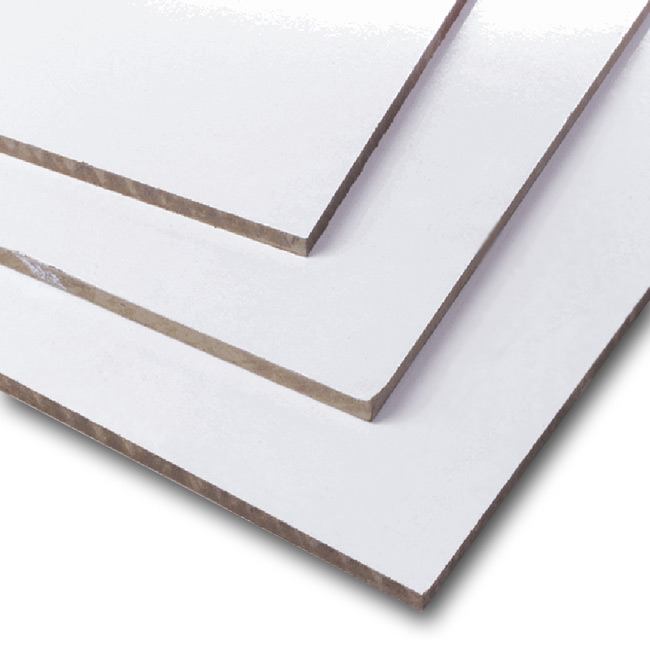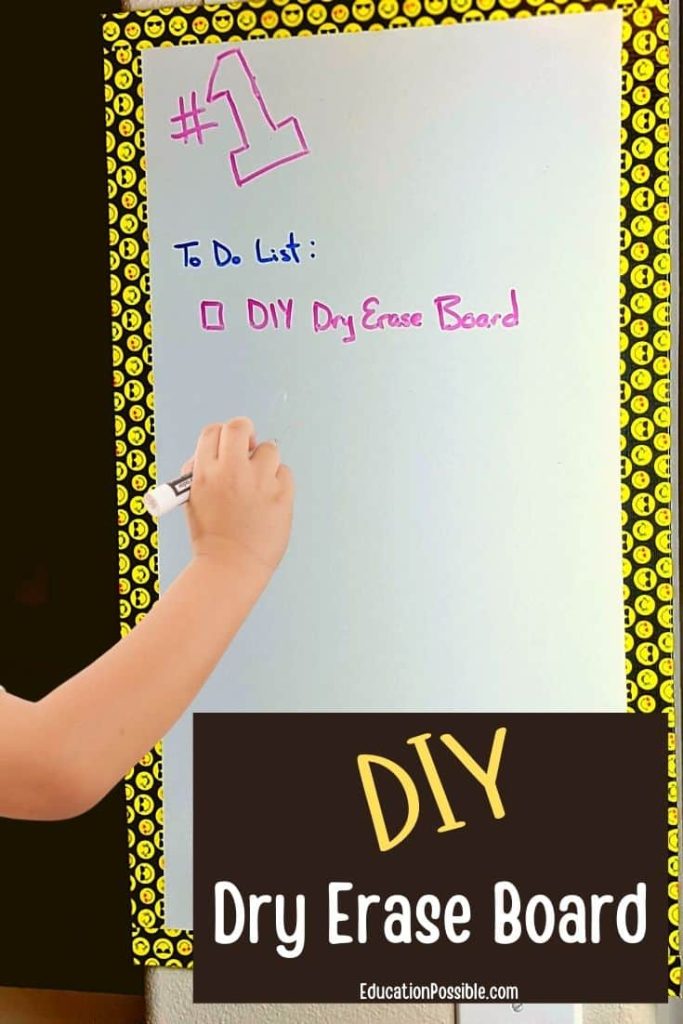So you want to make your own melamine dry erase board, huh? Well, you’re in luck because we’ve got all the steps laid out for you right here. With just a few materials and a little bit of time, you’ll be able to create your very own personalized, functional whiteboard. Say goodbye to those boring store-bought options and get ready to unleash your creativity onto a stylish and practical surface. Whether you want it for your home office, classroom, or kitchen, follow along as we guide you through the process of making your own melamine dry erase board.
How to Make Your Own Melamine Dry Erase Board
If you’re looking for an affordable and customizable solution for your writing and note-taking needs, making your own melamine dry erase board is a fantastic option. With just a few materials and some simple steps, you can create a high-quality dry erase board that is perfect for your home, office, or classroom. In this article, we will guide you through the process of making your own melamine dry erase board, from preparing the board to applying the dry erase paint and finishing touches.
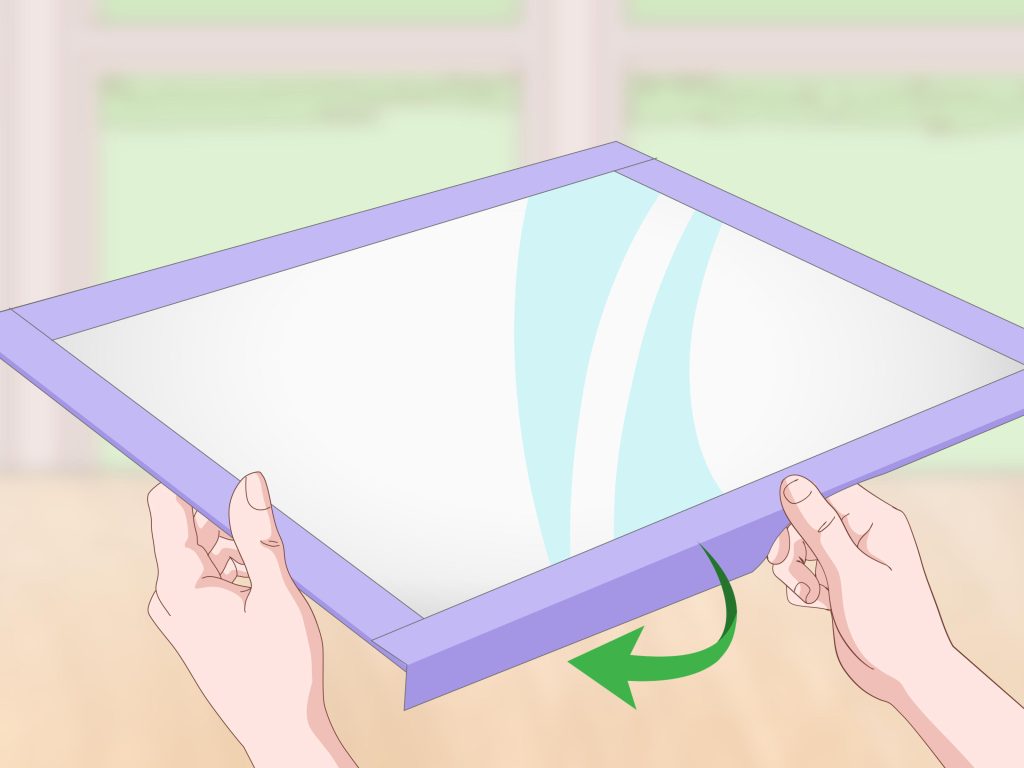
Materials Needed
To make your own melamine dry erase board, you will need the following materials:
- Melamine Board: This will serve as the foundation of your dry erase board. It provides a smooth and durable surface for writing and erasing.
- Melamine Edging Tape: Edging tape will give your board a polished and finished look. It also helps protect the edges of the melamine board from chipping or damage.
- Dry Erase Laminate: Dry erase laminate is the key component that transforms your melamine board into a writable and erasable surface. It is applied over the melamine board and provides a smooth and white writing surface.
- Painter’s Tape: Painter’s tape is used to protect the edges of the board during the painting process.
- Sandpaper: Sandpaper is used to smoothen the melamine board surface before applying the melamine edging tape.
- Foam Roller: A foam roller is used to apply the dry erase paint evenly and smoothly.
- Paint Tray: A paint tray is used to hold and distribute the dry erase paint.
- Jigsaw: A jigsaw is necessary for cutting the melamine board to the desired size and shape.
- Router: A router is used to trim the melamine edging tape for a perfect fit.
- Screwdriver: A screwdriver may be needed to attach mounting hardware, depending on how you plan to hang or display your dry erase board.
Now that we have gathered our materials, let’s dive into the process of making your own melamine dry erase board.
Preparing the Melamine Board
The first step in making your own melamine dry erase board is to prepare the melamine board itself. This involves measuring and marking the board, cutting it to the desired size, and smoothing out the board surface.
To begin, measure and mark the melamine board according to your desired dimensions. Consider the available wall space and your specific needs when determining the size of your dry erase board. Once marked, use a jigsaw to carefully cut the melamine board along the marked lines.
After cutting the board, it’s important to smooth the surface before applying the melamine edging tape. Use sandpaper to gently sand the board surface, removing any rough spots or imperfections. This will ensure a clean and even finish for your dry erase board.
Applying Melamine Edging Tape
After preparing the melamine board, it’s time to apply the melamine edging tape. This tape not only adds a decorative touch but also protects the edges of the melamine board from damage.
Measure and cut the melamine edging tape according to the length of each edge of the board. It is recommended to leave a slight overlap at the corners for a seamless appearance. Once cut, carefully apply adhesive to the backside of the edging tape, ensuring even coverage.
Next, place the edging tape onto the board surface, starting from one end and working your way to the other. Use a router to trim off any excess tape, ensuring a clean and precise edge. Take your time during this step to achieve a professional-looking finish for your melamine dry erase board.
Creating a Smooth Writing Surface
Now that the melamine board is prepared and the edging tape is applied, it’s time to transform it into a smooth writing surface using dry erase laminate. The dry erase laminate provides a white and erasable surface for writing and drawing.
Measure and cut the dry erase laminate according to the size of the melamine board. Be sure to leave a slight overlap for a seamless fit. Carefully remove the protective film from the backside of the laminate, revealing the adhesive side.
Align the dry erase laminate with the melamine board, ensuring an even and centered placement. Once aligned, slowly lower the laminate onto the board surface, applying even pressure to prevent bubbles or wrinkles. Gently smooth out any imperfections using a squeegee or your hands.

Preparing for Painting
Before applying the dry erase paint, it’s important to prepare the surface by taping off the edges, sanding, and cleaning.
Start by taping off the edges of the board using painter’s tape. This will protect the melamine edging tape and prevent any unwanted paint drips or smudges. Ensure that the tape is firmly pressed down to create a clean line.
Next, sand the surface of the dry erase laminate using fine-grit sandpaper. This will provide better adhesion for the dry erase paint and create a slightly rough texture for optimal erasability.
After sanding, clean the surface using a clean cloth dampened with water. This will remove any dust or debris, ensuring a smooth and clean painting surface.
Applying the Dry Erase Paint
Now it’s time to apply the dry erase paint that will transform your melamine board into a functional dry erase board. This process involves mixing the dry erase paint, applying the first coat, allowing drying time, and applying additional coats if needed.
Start by thoroughly mixing the dry erase paint according to the manufacturer’s instructions. Use a foam roller to apply a thin and even coat of paint to the dry erase laminate surface. Make long and smooth strokes to ensure a seamless finish.
Allow the first coat of paint to dry completely before applying additional coats. This drying time will vary depending on the specific dry erase paint you are using, so be sure to follow the instructions provided.
If desired, apply additional coats of dry erase paint until you achieve the desired level of opacity and erasability. Allow each coat to dry completely before applying the next.
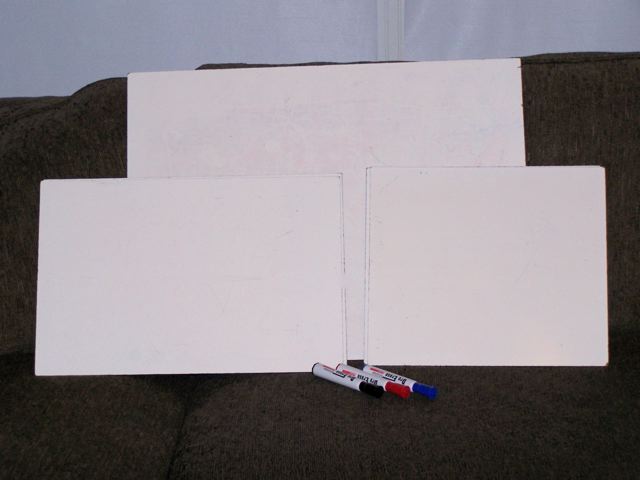
Finishing Touches
Once the dry erase paint has dried thoroughly, it’s time to add the finishing touches to your melamine dry erase board. This involves removing the painter’s tape, smoothing the edges with sandpaper, and attaching any necessary mounting hardware.
Carefully remove the painter’s tape, ensuring clean and crisp lines along the edges of the board. Use fine-grit sandpaper to gently smooth the edges of both the melamine board and the melamine edging tape. This will create a polished and professional-looking finish.
If you plan to hang or display your dry erase board, attach the necessary mounting hardware using a screwdriver. Follow the manufacturer’s instructions for the specific mounting hardware you are using.
Caring for Your Melamine Dry Erase Board
To ensure the longevity and functionality of your newly made melamine dry erase board, it’s important to properly care for it. Here are some tips to help you maintain and preserve your board:
- Use Appropriate Dry Erase Markers: Use only dry erase markers that are specifically designed for use on melamine surfaces. Avoid using permanent markers or other writing tools that may cause staining or damage.
- Clean the Board Regularly: Regularly clean the dry erase board using a soft cloth or dry erase board eraser. This will help remove any residue or markings and keep the surface in good condition.
- Avoid Using Harsh Chemicals: Avoid using harsh chemicals or abrasive cleaners on the board surface, as they may cause damage or discoloration. Stick to mild cleaning solutions or water when necessary.
- Store and Transport Properly: When not in use, store your melamine dry erase board in a safe and dry place to prevent damage or warping. If you need to transport the board, ensure it is properly secured and protected to avoid any potential damage.

Troubleshooting Tips
While making your own melamine dry erase board is a fairly straightforward process, it’s possible to encounter some common issues. Here are some troubleshooting tips for addressing these problems:
- Stains and Ghosting: If you notice stains or ghosting on your dry erase board, try using a specialized dry erase board cleaner or a mixture of water and vinegar to remove them. Gently scrub the affected areas using a soft cloth or sponge.
- Peeling or Damaged Edging Tape: If the melamine edging tape starts to peel or becomes damaged over time, carefully remove the damaged portion and replace it with new edging tape. Ensure that the new tape adheres properly to the board surface.
- Bubbles or Wrinkles in Laminate: If you encounter bubbles or wrinkles during the application of the dry erase laminate, gently lift the affected area and reapply it, smoothing out any imperfections. Take your time during this step to ensure a smooth and bubble-free surface.
Alternative Options
While melamine dry erase boards are a popular choice, there are alternative options worth considering. These options include using glass as a writing surface, using magnetic paint, or using whiteboard wallpaper. Each option has its own advantages and considerations, so be sure to research and choose the one that best suits your needs and preferences.
In conclusion, making your own melamine dry erase board is a cost-effective and customizable solution that allows you to create a functional and stylish writing surface. By following the steps outlined in this article, you can create a high-quality dry erase board that is perfect for your personal or professional needs. Enjoy the convenience and versatility of your own homemade dry erase board, and let your creativity and productivity flourish.
